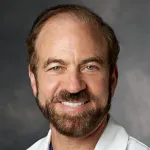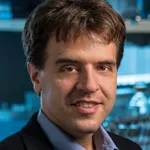Interdisciplinary Initiatives Program Round 4 – 2008
Gary Steinberg, Neurosurgery
Karl Deisseroth, Bioengineering
Stroke is one of the leading causes of death and long-term disability in the world. There are no effective treatments targeting the residual anatomical and behavioral deficits resulting from stroke. Current therapeutic approaches, such as the use of thrombolytics, benefit < 5% of acute stroke patients. Cell transplantation is a promising therapeutic strategy for brain repair. Mechanisms of stem cell-mediated functional recovery in stroke damaged brain tissues are not completely understood. After stroke the brain undergoes limited self-repair to compensate for the lost structures. These changes in reorganization or neuroplasticity have long been suspected to underlie the partial spontaneous functional recovery that often occurs over time following stroke. The transplantation of stem cell progeny from multiple sources ameliorates motor deficits after stroke. However, it is currently unknown to what extent the electrical activity of grafted neural stem cell progeny participates in the improvement of motor deficits after stroke and whether an excitatory or inhibitory phenotype of the grafted cells is beneficial or deleterious to motor performances. Interestingly, recent preliminary studies suggest that stimulation of the motor cortex improves motor deficits in stroke patient.
To probe into the role of electrical activity in functional engraftment of transplanted human embryonic stem cell-derived neural stem cells (NSCs) into stroke-damaged brain, the laboratories of Drs. Steinberg and Deisseroth combined their expertise in stem cell biology, preclinical development of stem cell-based therapeutics and bioengineering of light-controlled graft stimulation. This collaborative effort is truly unique and tremendously helpful to our research. Without the combination of these unique and complementary expertise, it would be impossible to directly test the effects of the electrophysiological activity of grafted and genetically engineered human neural stem cells in stroke recovery.



